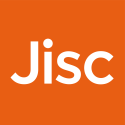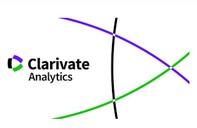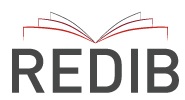Psychological and psychobiological stress in the relationship between basic cognitive function and school performance
Abstract
This study analyses the role played by daily stress, assessed through self-report and at the psychobiological level, in relation to basic cognitive function when predicting school performance. The sample comprised 100 schoolchildren (55 girls and 45 boys, age range 8 to 11 years) from a state school in the city of Malaga (Spain). Daily stress was assessed through the Children’s Daily Stress Inventory (IIEC in Spanish; Trianes et al., 2009). Psychobiological stress was measured through the cortisol/DHEAS ratio, derived from saliva samples taken in the morning on two consecutive days. Basic cognitive skills were assessed by means of the Computerized Cognitive Assessment System (CDR battery; Wesnes et al., 2003, 2000). Finally, the measure of school performance was the mean value of the final grades recorded in the child’s school report. In addition to descriptive and correlational statistical analyses, multiple regression analyses were conducted in order to assess the model. The results show that children’s daily stress self-reported contributes to predict school performance, and has proven to be more influential than basic cognitive function when it comes to predict school performance. Therefore, in order to achieve good school performance, a pupil not only requires good basic cognitive function, but must also present low levels of self-reported daily stress. These findings suggest a new way of explaining and predicting school failure.
Downloads
-
Abstract1709
-
PDF1365
The works published in this journal are subject to the following terms:
1. The Publications Service of the University of Murcia (the publisher) retains the property rights (copyright) of published works, and encourages and enables the reuse of the same under the license specified in paragraph 2.
© Servicio de Publicaciones, Universidad de Murcia, 2022
2. The works are published in the online edition of the journal under CC BY-SA 4.0 license, a Creative Commons Reconocimiento-CompartirIgual 4.0 (legal text). You are free to:
- Share: copy and redistribute the material in any medium or format for any purpose, even commercially.
- Adapt: remix, transform, and build upon the material for any purpose, even commercially.
The licensor cannot revoke these freedoms as long as you follow the license terms, under the following terms:
- Attribution: You must give appropriate credit , provide a link to the license, and indicate if changes were made . You may do so in any reasonable manner, but not in any way that suggests the licensor endorses you or your use.
- ShareAlike: If you remix, transform, or build upon the material, you must distribute your contributions under the same license as the original.
No additional restrictions: You may not apply legal terms or technological measures that legally restrict others from doing anything the license permits.
This work is licensed under a Creative Commons Attribution-ShareAlike 4.0 International License.
3. Conditions of self-archiving. Is allowed and encouraged the authors to disseminate electronically pre-print versions (version before being evaluated and sent to the journal) and / or post-print (version reviewed and accepted for publication) of their works before publication, as it encourages its earliest circulation and diffusion and thus a possible increase in its citation and scope between the academic community. RoMEO Color: Green.














